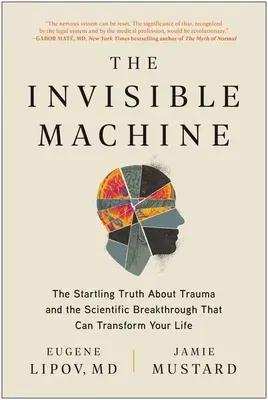The world has long misunderstood trauma. Now, leading experts in the
field have a radical new understanding of post-traumatic stress . . .
and a surprising new treatment to reverse it could have profound
implications for medicine, mental health, and society.
Despite its prevalence, post-traumatic stress, PTSD, is often seen as an
unbeatable lifelong mental disorder. However, top trauma doctors and
neuroscientists now understand that the result of trauma is not a
disorder, but rather a physical injury--and while invisible to the
naked eye, the posttraumatic stress injury (PTSI) can now be seen on a
scan. Most importantly, the effects of PTSI are reversible.
Meet Dr. Eugene Lipov. His research and partnerships have led to an
amazing discovery that all trauma has at its root a single piece of
human hardware: the sympathetic nervous system, controlling the
fight-or-flight response. Anyone who has endured trauma, including
long-term microdoses of emotional stress, can have this injury. Dr.
Lipov has pioneered a safe, 15-minute procedure that reverses the
injury, relieving mild to extreme symptoms of PTSI--irritability,
hypervigilance, anxiety, insomnia, and more--for survivors to combat
soldiers to the everyday person.
Weaving hard science with moving human stories, The Invisible Machine
reveals how this treatment was developed. It also tells the incredible
story of the unlikely team, including the doctor, an artist, Special
Forces leadership, and a sheriff, who are working together to change our
understanding of post-traumatic stress and why it matters to society.
Coauthored by artist and innovator Jamie Mustard and in collaboration
with writer Holly Lorincz, The Invisible Machine weaves hard science
with moving stories of warriors, prisoners, and ordinary people to
provide a stark new understanding of the human condition. The
implications for a better, pain-free world are astounding--and that
world could be nearer than we think.

